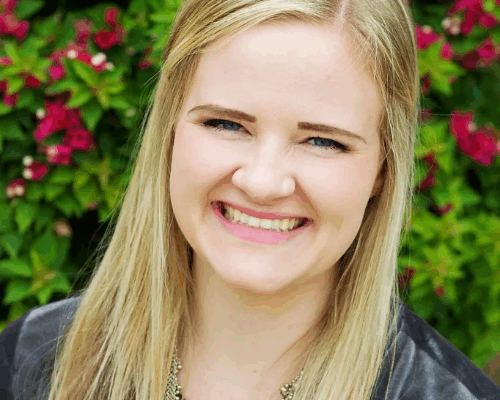
I certainly don’t consider myself a professional actress by any means, but I cherish the memories I have from participating in school and community productions. Because we have so many talented and aspiring actors and actresses in our membership, I wanted to talk about a breathing technique I learned from my high school theatre teacher about rasa boxes.
Rasa Boxes
My director taught me and my peers this Indian breathing technique during one of our many play rehearsals. He explained to us that rasa was an Indian word that could be translated as “breath” but also “the juice of life.” We joked that the rasa box technique could also be called the “juice box” technique.
The technique can be illustrated with a three-by-three square. Each box represents a different state of emotion, such as sadness, pleasure, anger, and so on.
| raudra anger, frustration, rage | bhayanaka fear, terror | karuna sadness |
| sringara pleasure, bliss | shantra beyond emotion | hasya mirth, laughter |
| bibhatsa disgust | vira gallantry, heroics, courage | adbuda wonder, awe |
Shantra is in the centermost box because it is “beyond emotion,” or a neutral state that can lead to all other emotional states.
The main idea behind rasa boxes is that your breath can be used as a tool to embody these various emotional states. Once you “activate” or engage the breath properly, you can better feel and portray the actual emotion throughout your body.
The Exercise
My teacher led us through an exercise to try out the technique. We would always start with shantra, a calm and even breath. There, we would re-center ourselves before and after we attempted other emotional states.
We would pick one of the rasa boxes—like vira, for example, the breath of gallantry, heroics, and courage—and try to activate that breath. We measured the intensity of our breath (and thus the emotion) on a scale of one to ten, one being the weakest and ten being the strongest. Then we would work our way up and down the scale to explore the breath—not necessarily to get all the way to a 10 but to see how our breath influenced our body language. After playing with the breath at different intensities, we would go back to shantra, recenter, and choose another rasa box.
It wasn’t an easy exercise. I struggled at first to know how to portray an emotion like vira—after all, how do you breathe heroically? My director encouraged us to just keep focusing and projecting the emotion through our breath. He warned us to not overthink the exercise and let go of whatever held us back, and I found myself understanding the technique more as I tried other breaths.

Takeaway Lessons
I learned from this exercise that how I breathed could actually influence how I felt and how my body reacted. I wasn’t an expert at applying this technique in all my high school acting, but I think it helped me better portray the role of a simple countrywoman going into shock after experiencing a driveby shooting.
And although I don’t usually remember all of the Indian names for the different rasa boxes, I’ve become more aware of how my breath is related to my everyday actions. I’ve learned that focusing a little control on my breathing can truly influence my attitude and the results I see in my life.
Try out this breathing technique in your acting (or everyday) pursuits! Remember that the point is not to overthink the process and get each emotion perfect on every number of the scale. The point is to explore what your breath does to your emotions and body so you can be more aware of the power your breath has and discover new ways to portray various emotions.
***
Brittany Passmore graduated from BYU with a major in editing and publishing. She works as a freelance editor specializing in science-fiction and fantasy. When she’s not reading, writing, or editing, Brittany loves to be a stay-at-home mom to her 18-month-old son and dabble in her musical hobbies of piano, flute, guitar, and singing. Oh, and of course, she loves practicing yoga.
Website: https://brittanympassmore.wixsite.com/passmoreedits





Very cool! Thanks for sharing! I’m definitely going to try this technique!
I have for several years been learning techniques for controlling emotional energy and harnessing spiritual power and healing. Starting out with a steady, even breath has been a staple of each of those techniques. Thank you for expanding my vision of how our breath and our emotions are linked; this is definitely something I want to explore more!